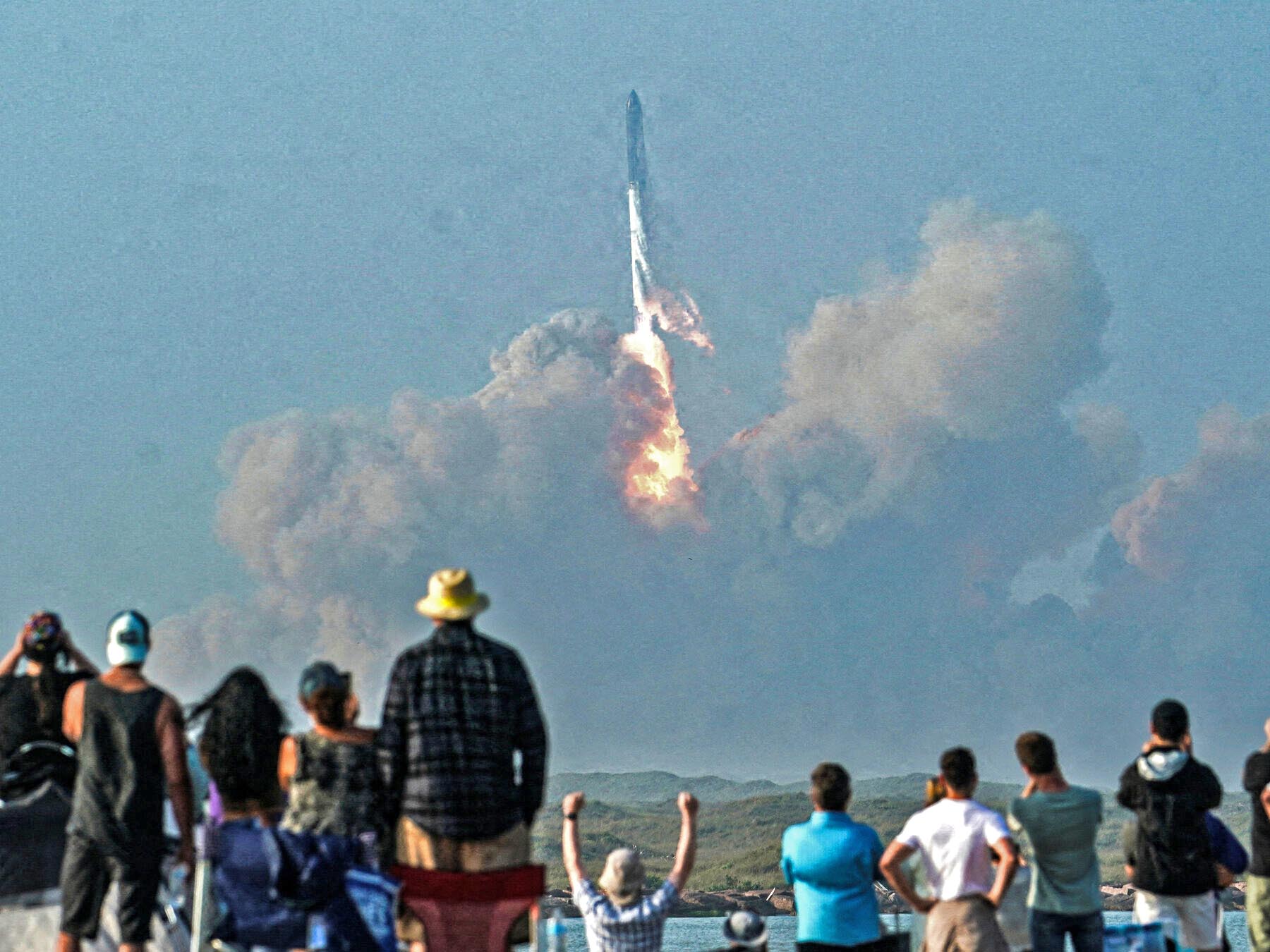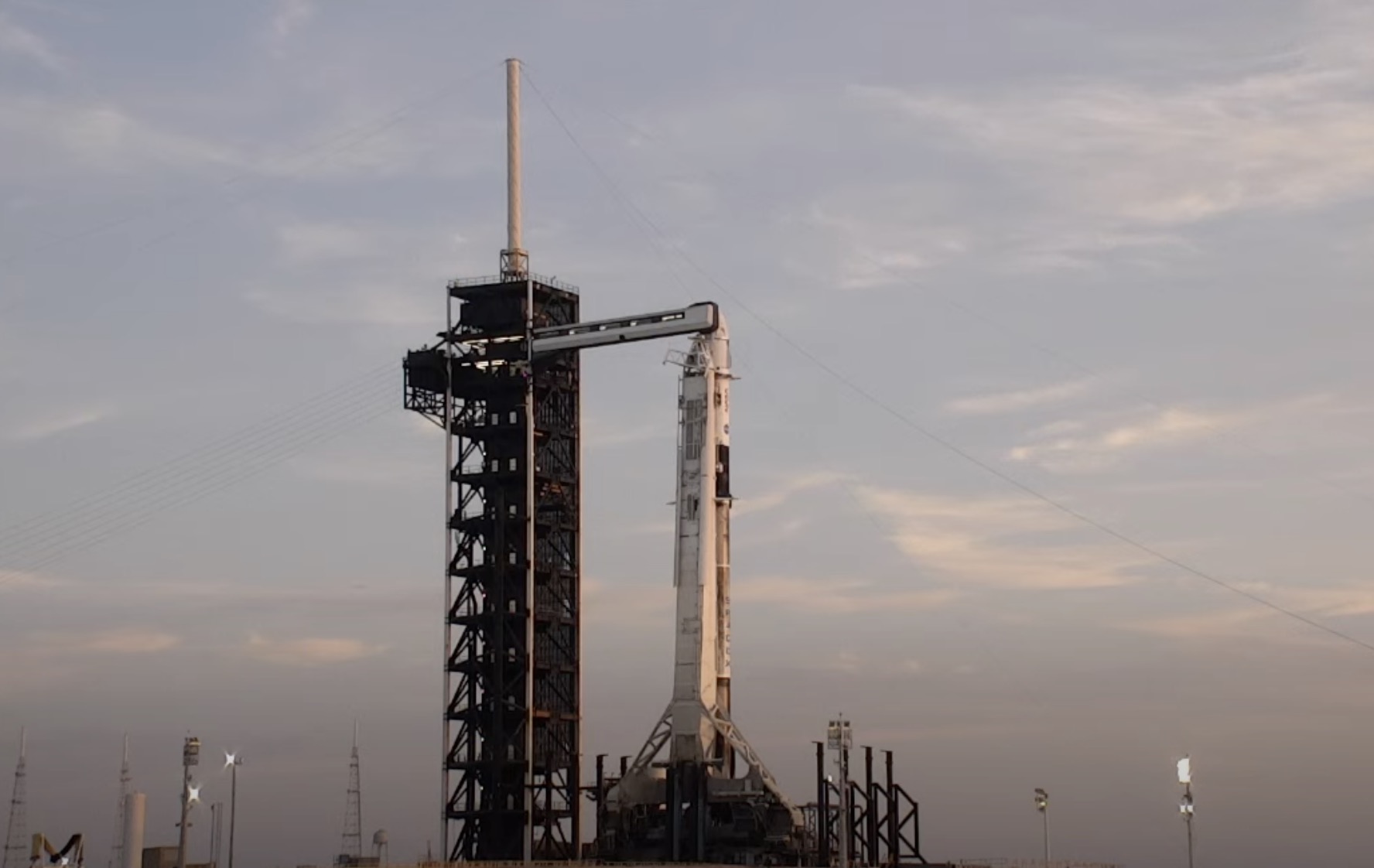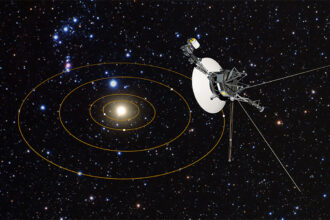The largest rocket ever built blew up in mid-flight, with no crew on board, leading the FAA to ground the Starship Super Heavy launch program pending a “mishap investigation.”
SpaceX launched the largest rocket ever built for the first time on Thursday from its Boca Chica, Texas, spaceport. The Starship spacecraft, designed to fly people on a Mars mission someday, lifted off the launch pad then blew up in mid-flight, with no crew on board.
Now, residents and researchers are scrambling to assess the impact of the explosion on local communities, their health, habitat and wildlife including endangered species. Of primary concern is the large amount of sand- and ash-like particulate matter and heavier debris kicked up by the launch. The particulate emissions spread far beyond the expected debris field.
As a result of the explosion, the Federal Aviation Administration (FAA) grounded the company’s Starship Super Heavy launch program pending results of a “mishap investigation,” part of standard practice.
No injuries or public property damage had yet been reported to the agency as of Friday.
SpaceX CEO Elon Musk, speaking publicly on Twitter Spaces on April 16 ahead of the test flight, acknowledged that a vehicle with 33 engines is akin to “a box of grenades,” and that the Starship vehicle was not likely to reach orbit but was likely to explode.
However, Musk and SpaceX did not accurately predict that their launchpad would be destroyed, nor that particulate matter would rain down on residents and habitat as far away as Port Isabel, a town about six miles from the launchpad, and South Padre Island, a few miles up the coast from the site.
Images captured during the test flight show that the SpaceX launch pad also exploded, with concrete chunks from it flying in multiple directions leaving behind a giant crater underneath.










